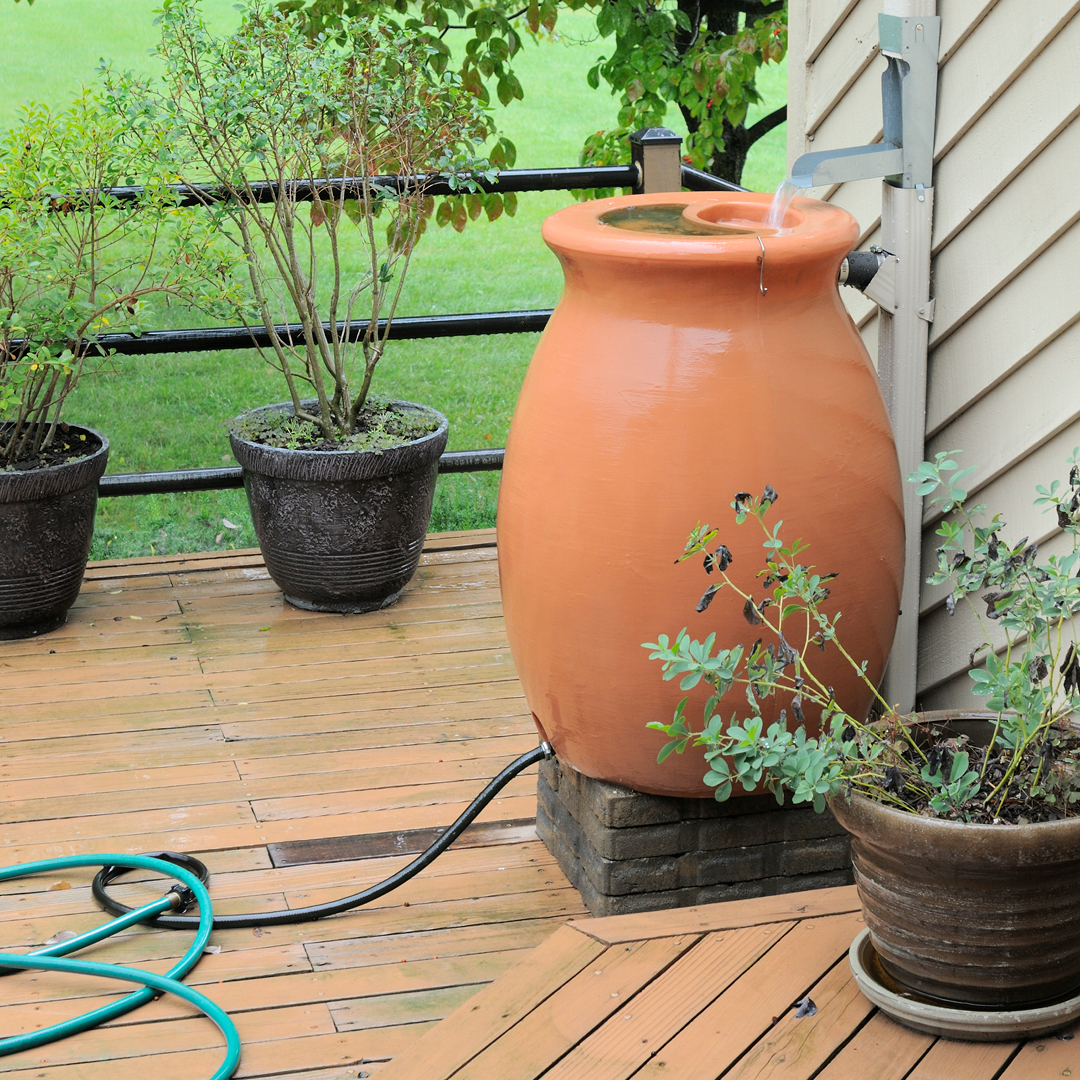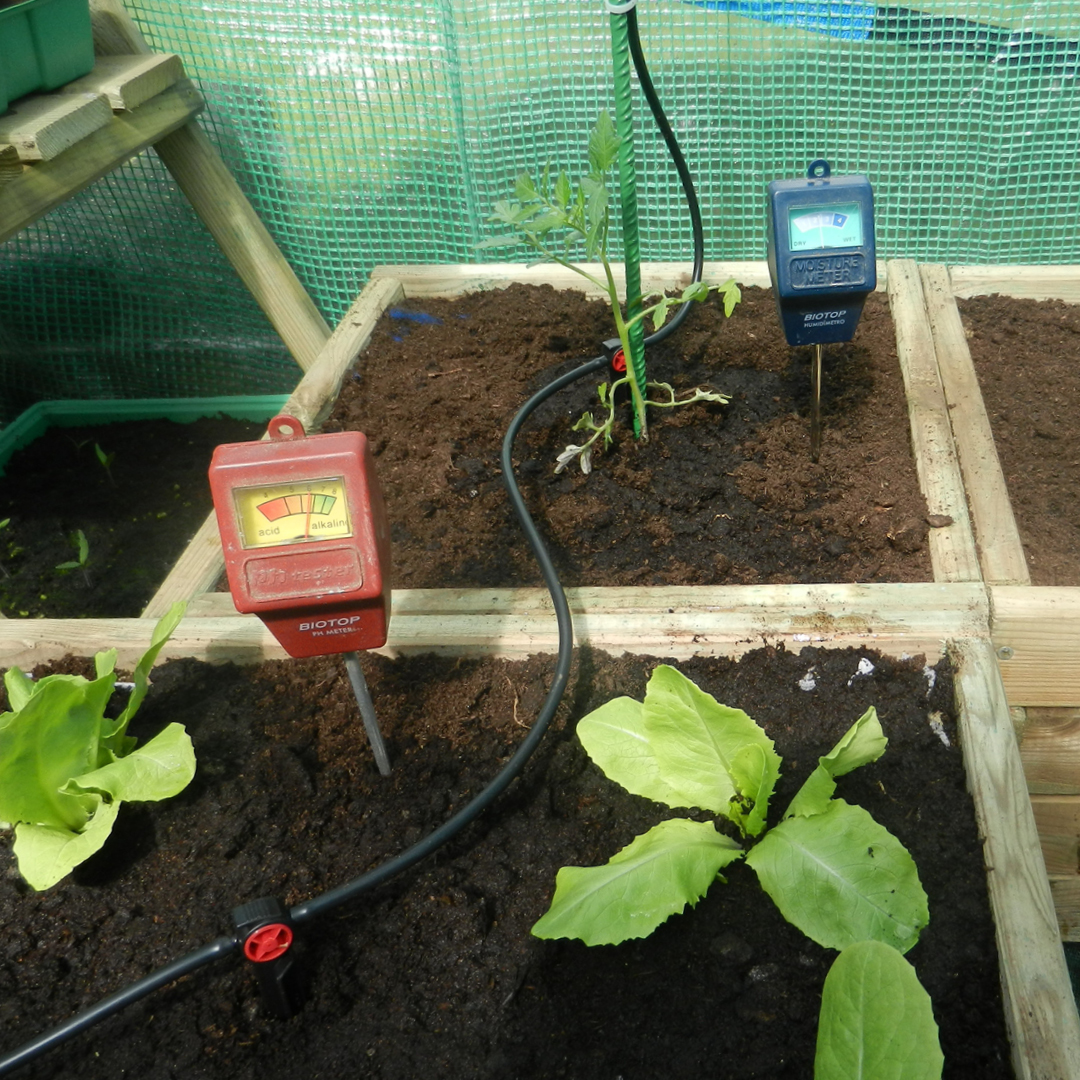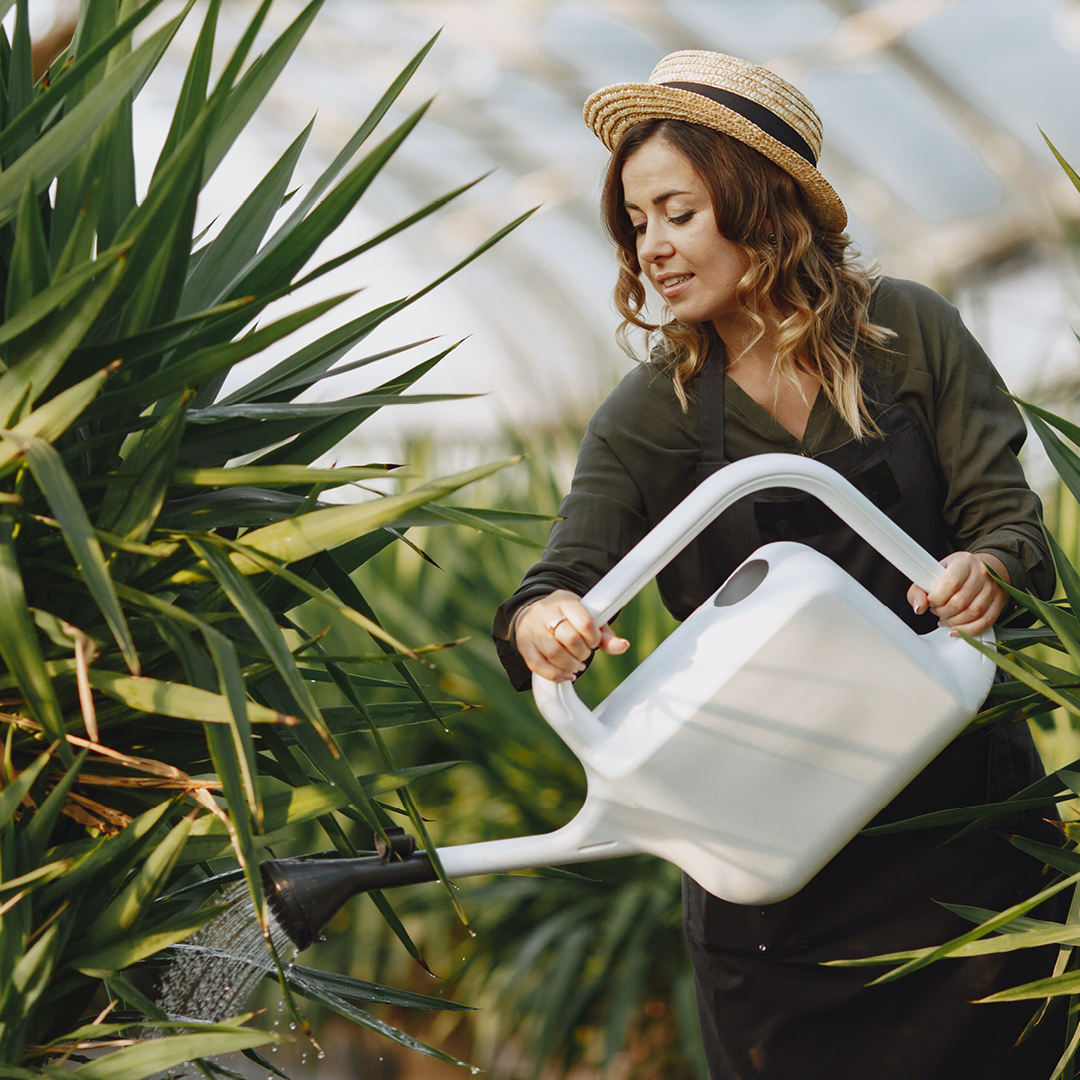In the heart of the Sonoran Desert, where towering cacti and resilient desert plants thrive, lies Tucson, a vibrant and arid city with a unique challenge for gardeners – keeping landscape plants hydrated. With limited water resources and scorching temperatures, maintaining a thriving landscape in this demanding setting may seem like an impossible feat. It’s not. We have prepared this guide to share the secrets to creating a vibrant and flourishing oasis amidst the sunbaked sands of the Sonoran.
Understanding Our Soils
Along with our hot and dry climate, Tucson possesses unusual soil, resulting in trying planting conditions. Our native soil, although varied, is overall low in organic matter, has a high pH, is salt-affected, and may even possess a caliche hardpan. All of this should be considered when gardening in this area of extremes.
Where to Begin?
The first step in keeping your desert garden hydrated is to familiarize yourself with the native plants that have already adapted to the local soil and climate. Consider incorporating these resilient species into your garden, as they require less water and can handle high temperatures better than non-native plants.
When including non-native species in the Tucson home landscape, select plants that have naturally adapted to drought. This will consist of plants with inherently few leaves and those with pubescent (or hairy), succulent (or waxy), and silver foliage. Other drought-resistant plants will have an innately deep root system. The success of non-native landscape plants will be increased with:
- A selection of plants that perform well in the existing environment
- The incorporation of compost into the native soil,
- The addition of organic fertilizers
- A layer of mulch to help retain soil moisture
- And, of course, supplemental watering
What Next?
Next, practicing proper water management techniques is important, especially with non-native species. This begins with:
- knowing the water requirements of chosen landscape plants,
- grouping plants with the same water requirements,
- providing deep but infrequent hydration,
- and watering the plants at the root zone and not on the foliage.
Signs of Improper Watering
Accurately understanding your plants’ water needs also involves knowing the signs of too much or too little water.
- Overwatering: Signs of overwatering include stunted growth and yellow, wilted, limp leaves. The plant may also give off a decaying odor. This occurs when a plant’s roots are constantly submerged in water, leading to suffocation and fungal growth.
- Underwatering: On the other hand, underwatering can cause a plant’s leaves to turn brown and crispy and the soil to become hard and dry. Lack of water hinders a plant’s ability to absorb nutrients and leads to withering.
Watering Techniques
In Tucson’s arid climate, water is a limited resource. As such, supplemental watering without depleting natural water supplies is necessary. Investing in the tools required for efficient watering, whether a manual method or an irrigation system, is smart, cost-effective, and environmentally conscious.
Irrigation Systems
Irrigation systems involve using a specialized approach and products in an efficient and controlled manner to water. Some of the standard methods used in Tucson include:
- Drip Irrigation: This involves using a series of tubes and emitters to deliver water directly to the base of plants, minimizing water loss through evaporation.
- Soaker Hose: A porous hose, laid on the soil’s surface around the dripline of landscape plants, emits a slow release of water deliberately distributed and completely absorbed without waste.
Manual Watering Methods
Manual watering involves applying water to plants by hand without using specialized systems. Some standard manual watering methods include:
- Hose and Sprayer: A tried and true approach uses a hose with a nozzle or sprayer attachment to water plants. However this does not lend itself to giving plants in the ground a slow, deep water and is better suited to containers.
- Watering Can: A popular method for small landscapes, gardens, or potted plants, a watering can allows for precise watering and reduces water waste.
- Bucket: In areas with limited access to water, using a bucket to manually water plants may be necessary. However, this method is inefficient and may result in uneven watering.
- Flood Irrigation: This involves flooding the soil around plants with shallow trenches, allowing water to seep down to the roots.
- Rain Barrel: An indispensable water collection system, a rain barrel captures rainwater runoff from rooftops and stores it in a cistern for later use. The collected water may be distributed through a hose, watering can, or bucket. In the Sonoran Desert, every drop of water counts!
Manual watering methods can be as effective as irrigation systems but are less precise as well as labor and time-intensive.
Additional Methods
- Sprinkler Irrigation: A more traditional method, sprinklers spray water over a large area, making it suitable for lawns. However, the loss of water through evaporation is an unfortunate reality.
Factors for an Effective Irrigation System
Here are some essential factors to consider when setting up an irrigation system:
- Choose the Right System: As mentioned earlier, drip irrigation is the most efficient method for watering plants in Tucson. However, depending on the size and layout of your landscape, a combination of different watering methods may be necessary.
- Plan for Proper Coverage: When installing an irrigation system, ensuring that all landscape areas are adequately covered is essential. This includes taking into account any slopes or uneven terrain.
- Consider a Timer and Moisture Sensor: To avoid overwatering and improve efficiency, consider adding a timer and moisture sensor to your irrigation system. These tools can help regulate the amount of water used and prevent waste.
Supplemental watering is crucial for maintaining plant health in Tucson’s arid climate. Choosing the proper method for your specific needs and using water efficiently ensures your plants receive the necessary hydration to thrive in this unique environment. Consider plant type, weather conditions, and soil quality when determining watering frequency and method. It is important to remember that using water wisely benefits your plants and conserves this precious resource. By implementing the techniques mentioned in this guide and being mindful of your plant’s specific needs, you can create a beautiful, thriving, and sustainable oasis in the desert.


